Conversion Funnel Optimization: Best Practices and Tips for Building Better Funnels
In an ideal world, our potential buyers would come across our product, convinced that it would meet their needs, and make a purchase. Unfortunately, that’s not how things work in real life. It is necessary to make an effort to turn a prospect into a paying customer, to nurture them until they are convinced to buy.
Funnels make this process easier. Using a combination of effective and optimized conversion funnel and marketing and sales techniques.
So what is this conversion funnel? And, more importantly, how can you optimize this funnel? You will find answers to all these questions and more in this article. Buckle up and hold on tight; we’re embarking on a journey into the magical world of the conversion funnel.
What is a conversion funnel?
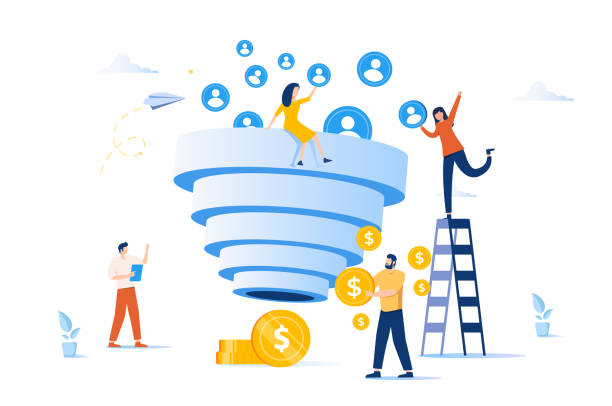
A conversion funnel (also known as a sales funnel) describes the stages in the customer journey that potential customers go through before taking the desired action.
All your users and prospects start at the top of your funnel. They work their way down that funnel as they learn more about your product and their expectations from your product and your company increase. As with any funnel, the number of potential customers at the top of the final is the highest, and with each passing stage, the number of people who have stuck around keeps getting smaller and smaller.
Conversion funnel stages
Funnels are traditionally studied in three parts: the top, middle, and bottom of the funnel. These stages mean the following:
- Top of the funnel (TOFU): This is the user awareness stage. The user gets acquainted with your product through various channels at this stage. However, at this stage, the user is not fully informed about your product and is unaware of their needs. You can increase your users’ brand awareness through blog posts, social media posts, and targeted ads in this stage.
- Middle of the funnel (MOFU): This is the users’ consideration phase. At this stage, users are now aware of their expectations and needs. They also know your brand and about several of your competitors, so they interact more with it through different channels. That means you now have to convince them that the product that will meet these expectations is yours. Various case studies or other users’ satisfaction with your product will help at this stage.
- Bottom of the funnel (BOFU): This is the conversion stage for users and is often thought of as the stage when they buy your product or service. Hence, this stage is a good time for you to encourage them to buy, for example, by offering a trial version or various discounts. This way, you can speed up the process and make them more inclined toward your offerings instead of those of your competitors.
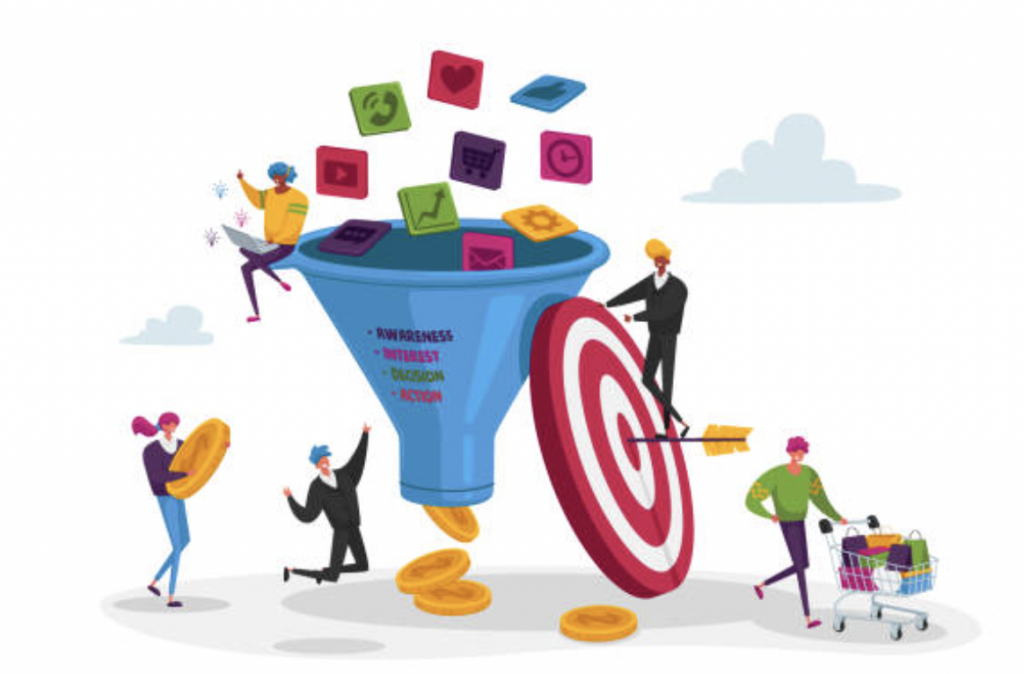
Depending on the length and the complexity of your sales cycle, you may need to tackle your funnel in more stages. Buying software often requires months of sales calls, lots of FAQs and demos. Therefore, B2B SaaS companies usually have a longer sales cycle than other industries. SaaS companies tend to have much longer funnels with more stages, as each phase of this sales cycle will shape your funnel.
It’s helpful to use analytics tools to determine the complexity of your funnel. Using a powerful analytics tool like Hockeystack to build your funnel allows you to accurately track each stage of your customer journey. Hockeystack’s easy-to-use and easy-to-understand dashboards make it practical to monitor and manage each stage of the funnel. Later in the article, you’ll learn more about how Hockeystack makes conversion funnel optimization easier.
Why are funnels a critical part of any marketing strategy?
The funnel is essential to your sales and marketing process because it helps you identify, connect with, and address your potential customers. Also, breaking down the conversion process allows you to organize your prospects into categories and personalize the touchpoints to maximize the possibility of conversion.
The focus of the funnel is to provide an experience that will convince potential customers to convert in the customer journey.
How to optimize a conversion funnel
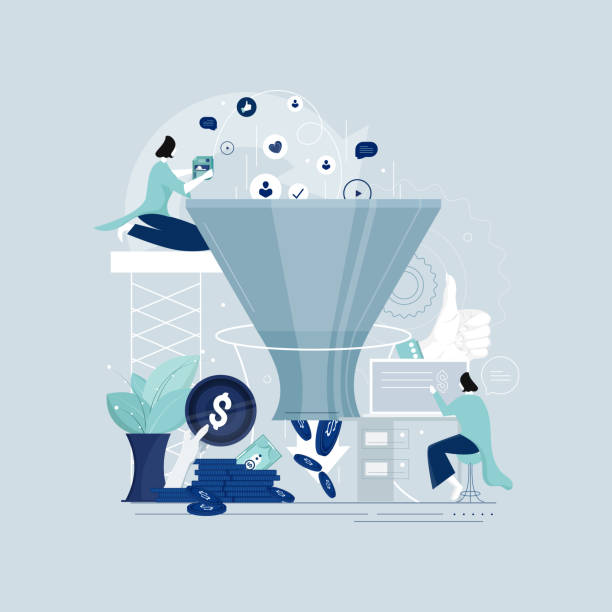
Optimizing your funnel means tailoring your conversion stages to persuade as many prospects as possible to buy. As a result, with a properly optimized funnel, you will have the most extensive customer base.
The most effective way to optimize your funnel is to consider each stage individually. Here’s how to effectively optimize each of the stages as mentioned earlier.
Top of the funnel optimization
The goal at the awareness stage is to attract new potential customers. Therefore, the traffic you send to your website at this stage will be a critical factor in determining how many conversions you get.
If you’re primarily targeting users who aren’t likely to buy your product and you generate little traffic, most of your users on TOFU will leave your funnel before switching to MOFU. In such a situation, you are unlikely get the results you’re looking for even if the rest of your funnel is optimized.
First, you must review each channel you attract users to attract the right traffic. Which channels do you draw the most prospects from? You can get answers to this question by sending out surveys to existing users or leveraging an analytics tools like HockeyStack to track which channel brings in the most users.
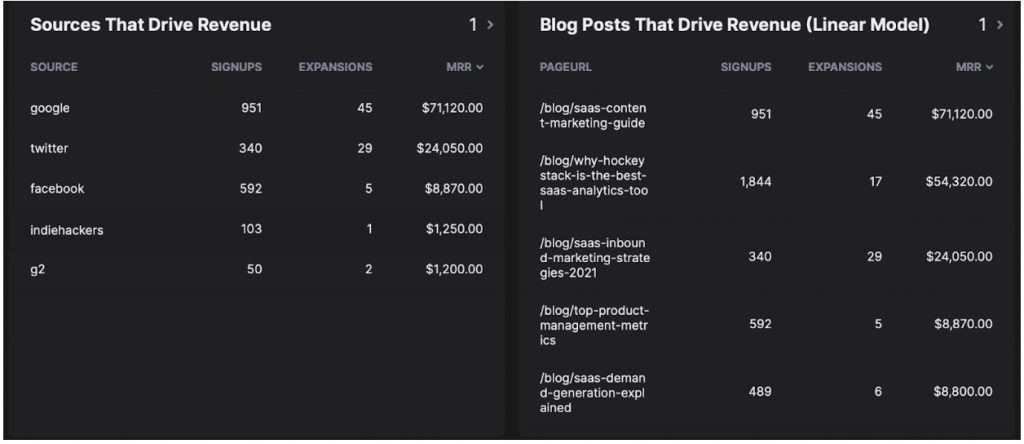
Once you’ve identified which channels bring you the relevant users, you need to align the content on those channels to ensure that it resonates with your audience. You can achieve this by equipping your blog posts, infographics, videos and social media channels with content that your target audience will be interested in. Optimizing your content for the right keywords will also make it easier for your content to reach your target audience.
You’ve optimized the top of your funnel and captured the right audience’s attention.
But how do you ensure that they’ll remain interested in your offerings?
At the consideration stage, you need to ensure that the users from the awareness stage, well, start considering your product or service. To achieve this, depending on the length of your sales cycle, you will need a few more touchpoints to earn your users’ loyalty. These touchpoints can be case studies, product reviews or comparisons to convince users that your product is the right one.
Of course, at this stage, understanding your users’ expectations is as important as building trust. Because when you fully determine the expectations and needs of your users, you can offer them exactly what they need. In this way, users will start genuinely believing that your product is the right product. The best way to achieve this is to constantly run A/B tests, gather feedback, and leverage conversion metrics.
Middle of the funnel optimization
At the bottom of your funnel, you must direct your users to your targeted endpoint, which is usually a purchase. Therefore, at this stage, you should eliminate the frictions as much as possible and enable your users to make a purchase decision quickly. This is why personalized marketing strategies often come into play at BOFU. You can generate calls to actions that will prompt users to take specific actions such as encouraging them to start a trial or offer special discounts.
Your job of optimizing BOFU doesn’t end when you convert the customer. Even if you have converted your users, you still have many opportunities to re-engage with them. Once your users have passed through the funnel, you can increase user loyalty and help them pass through the retention funnel by inviting them to download k templates or stay in touch on social media.
Bottom of the funnel optimization
Once you have successfully reached this funnel stage, your efforts in the first two stages will be wasted if you do not optimize this stage correctly. Therefore, optimizing the BOFU is just as important as optimizing the other steps.
In your lower funnel, you must guide your users to your target final point—usually making a purchase. That’s why personalized marketing strategies often come into play in this BOFU. You can send calls-to-action emails that match your users’ expectations, encourage them to launch a demo version or offer special discounts.
Five steps you need to take to build better funnels
Now that you fully understand what a funnel is and why it’s important, you’re probably wondering how to build a successful funnel. Here are five steps you need to take to build stronger, more effective funnels:
Step 1: Focus on one product at a time
Trying to target all your products simultaneously will only lead to confusion. So prioritize your products and create a funnel for one product at a time. Listen to your users’ voices to decide how to prioritize your products. Identify your products that stand out with the feedback you will receive from them, and start with these products. This way, you will be visible to your target audience.
Step 2: Be consistent
Your messaging, tone, and voice needs to be consistent across all platforms to ensure that it’s easier for prospects to engage with your brand and ultimately purchase your product or service. You also need to ensure that your audience has access to the information that they’re expecting at any given point.
Take the example of a Google ad that claims how much more affordable your product is compared to its alternatives. If someone clicks on your ad and reaches your landing page, they would expect to see information about your pricing along with a few features and unique selling points that convince them that your product is indeed the better choice.
If, however, they only see baseless claims without any real substance, they will probably end up clicking away. Similarly, they shouldn’t have to scroll down and navigate your page to find this information. Instead, you could provide your prospects with information that they need and add a relevant call to action that will help you drive them further down the funnel.
Your messaging, tone, and voice needs to be consistent across all platforms to ensure that it’s easier for prospects to engage with your brand and ultimately purchase your product or service. You also need to ensure that your audience has access to the information that they’re expecting at any given point.
Take the example of a Google ad that claims how much more affordable your product is compared to its alternatives. If someone clicks on your ad and reaches your landing page, they would expect to see information about your pricing along with a few features and unique selling points that convince them that your product is indeed the better choice.
If, however, they only see baseless claims without any real substance, they will probably end up clicking away. Similarly, they shouldn’t have to scroll down and navigate your page to find this information. Instead, you could provide your prospects with information that they need and add a relevant call to action that will help you drive them further down the funnel.
Step 3: Target and Retarget
Not everyone who moves through your funnel makes a purchase or converts in the first go. Prospects drop off from the funnel for a variety of reasons. That’s why you should retarget time and time again.
To stay visible, you must be on different platforms and deliver your call to action messages to your users through email marketing. Remember though, the last thing you want to do is bore them with cliche, template-based emails. With a balanced retargeting process, you will be the one of the first choices that comes to mind when they are ready to purchase.
Step 4: Don’t be fooled by the completion of your funnel
Many marketers think that when leads complete the funnel, they reach their happy ending, and the whole process is over. In fact, if you manage it correctly, the end of your funnel means the beginning of many more steps. So enter these users in your CRM and make sure you follow up on automated email campaigns. These users will likely purchase another product of yours if they are satisfied with your service. Retain them and increase their lifetime value by continuing to work with them.
If you have subscription-based pricing, it is even more essential for your company to retain your users even after the funnel is over. This is because these users will renew their subscription for a long time or even upgrade to a higher plan if you manage the following process properly.
Step 5: Watch your competitors
Observe what kind of funnel your competitors have, especially if you’re optimizing your funnel for the first time. See which channels they are active on, and what their calls to action look like, and keep a close eye on the kind of content they share on various channels. Remember, the idea here is to evaluate their visibility and then analyze the funnel overall based on questions such as:
- What are their calls to action like?
- Which content of theirs do customers engage most with?
- Which marketing activities gained the most traction for your competitors?
There are numerous companies with effective funnels that you can monitor for inspiration when you need it. Just remember to do your research and consider all these steps for the most effective funnel.
Optimize your conversion funnels with Hockeystack
The best approach you can take is to build conversion funnels based on your users’ interactions with your product and content. Building a successful funnel by making data-driven decisions can be challenging if you don’t have a powerful analytics tool in your arsenal. An advanced analytics and attribution tool like Hockeystack makes your funnel-building job easier in three ways.
Interactive Dashboards

Throughout the entire funnel—but especially when optimizing TOFU—you need to use many metrics to determine your current state, to gauge whether everything is going well. Using HockeyStack, you can create customized dashboards with every metric you need to measure and find answers you need for a more optimized funnel. For example,
- How much MRR did the latest blog post bring?
- How many people requested a demo after viewing the blog post?
- What is the user activation rate from LinkedIn ads?
You can leverage the data you uncover to perform optimizations and guide your marketing strategies.
You can visit the live demo here if you want to examine the Hockeystack boards in more detail.
Surveys & A/B testing
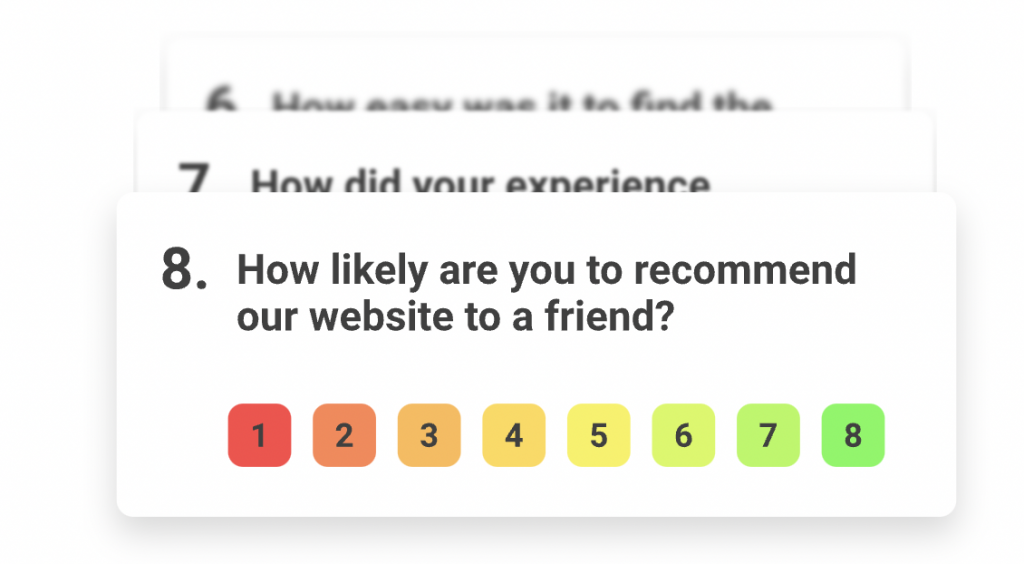
Another essential thing to consider when creating a conversion funnel is to consider what your users expect from you and what they think of your product. You can only convert your users if you meet their expectations and make them feel confident about your product. The best way to determine this is to send your users micro-surveys and conduct A/B tests.
Hockeystack lets you easily create surveys for every use case. And you don’t need to be a master surveyor to use this feature. You can choose the one that suits your needs from Hockeystack’s many ready-made templates and create the ideal survey in minutes.
Numerous integrations
Creating and optimizing the funnel is an interdepartmental task. Therefore, you will need tools and platforms with many functions in this process, from email marketing tools to CRM software.
With Hockeystack, you can integrate numerous tools to collect and analyze all this data in one place. For example, Hockeystack’s integration with CRM tools such as Hubspot CRM and Pipedrive allows you to track and analyze your sales and marketing processes more efficiently. This makes it easier for you to retarget those users when needed.
Final thoughts
Now that you know why you need a conversion funnel for your company’s success and how you can best build it, it’s time to get down to business! Identify what makes sense for your sales cycle and optimize your funnel accordingly. Understanding your customers’ expectations is key here because it will help you create effective funnels that get you the results you’re looking for.



